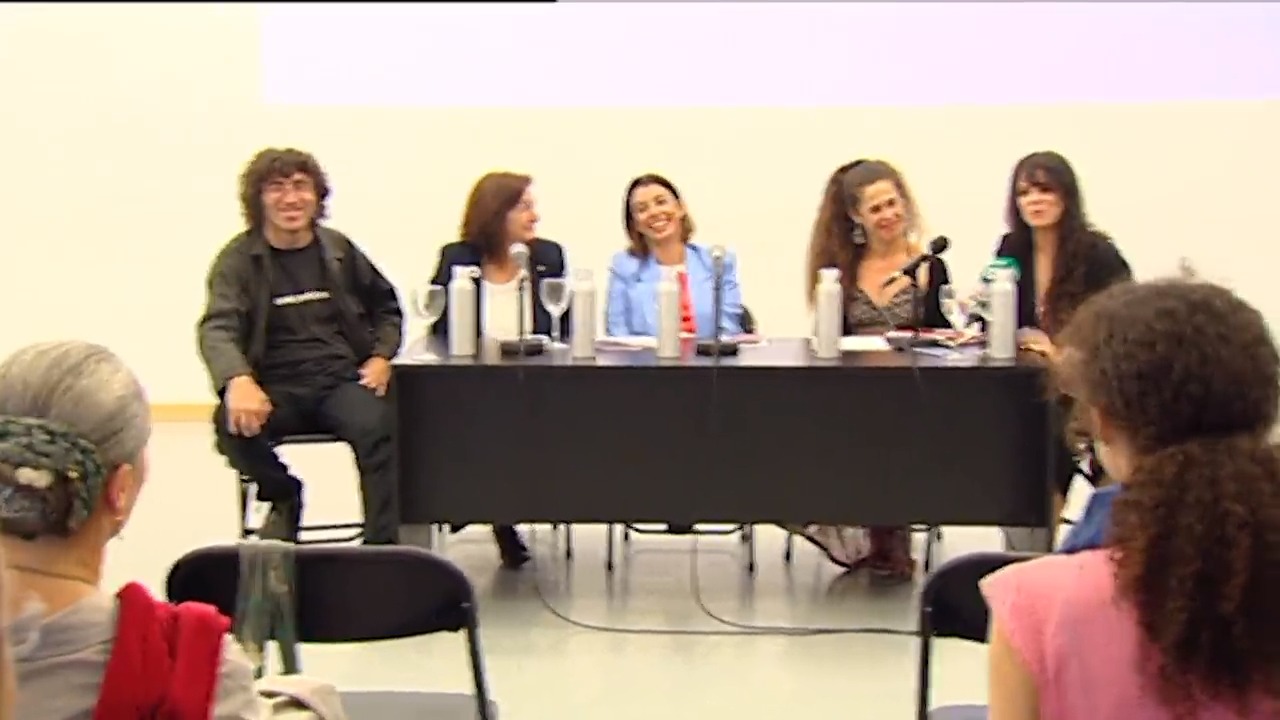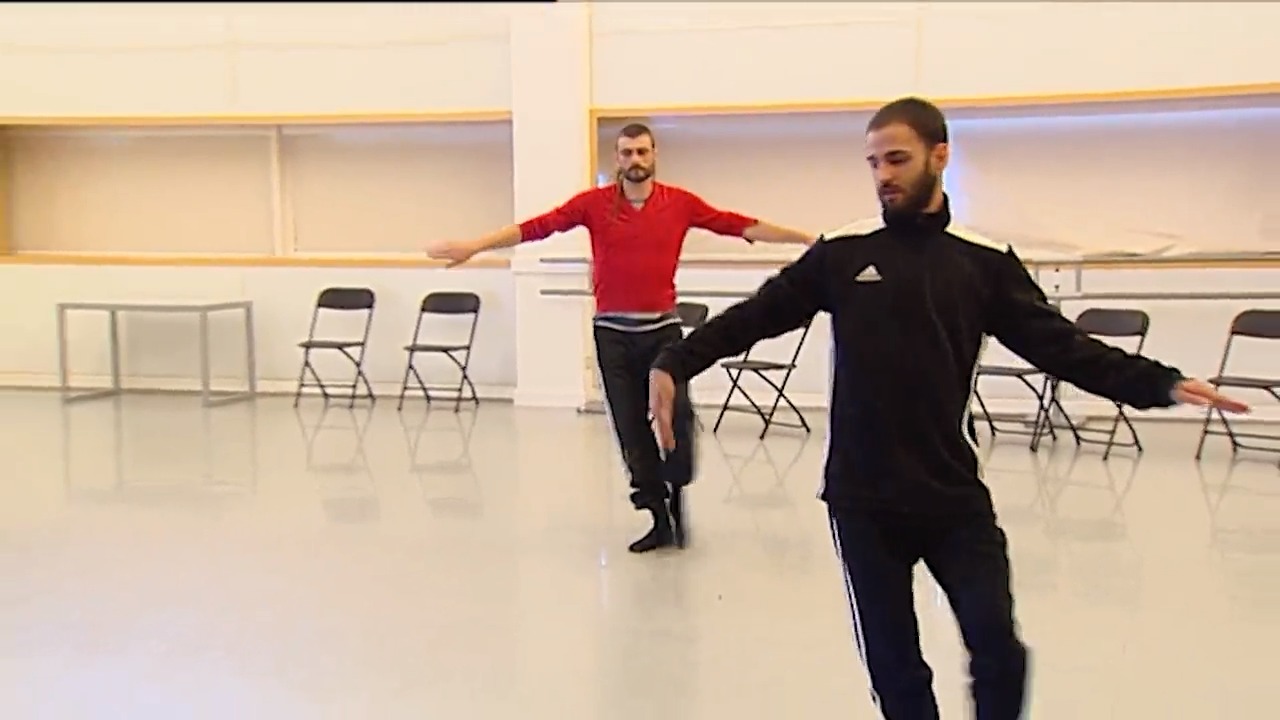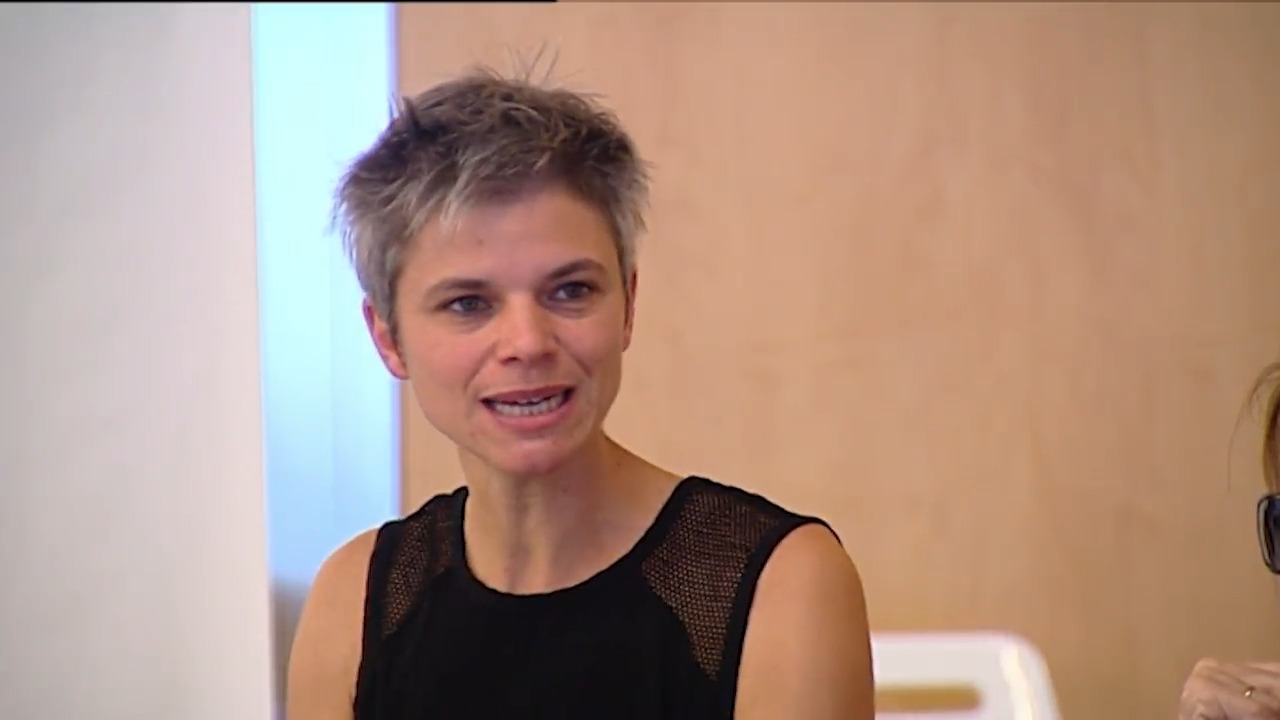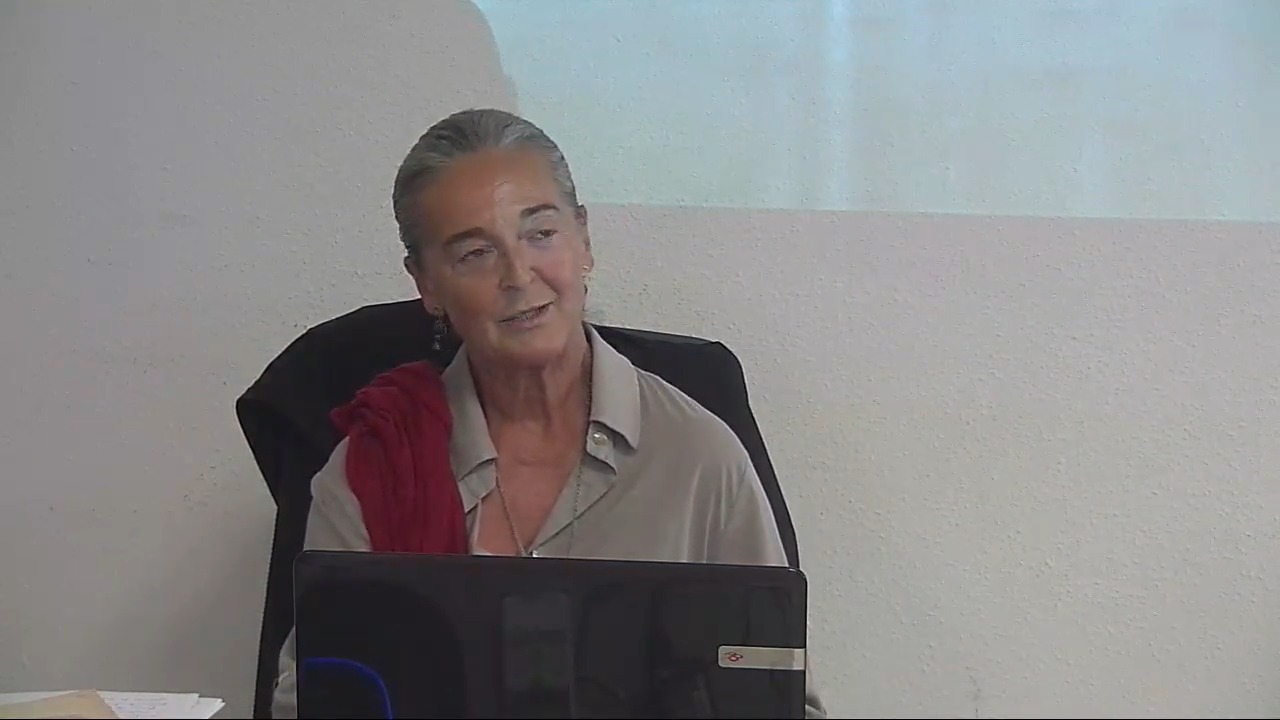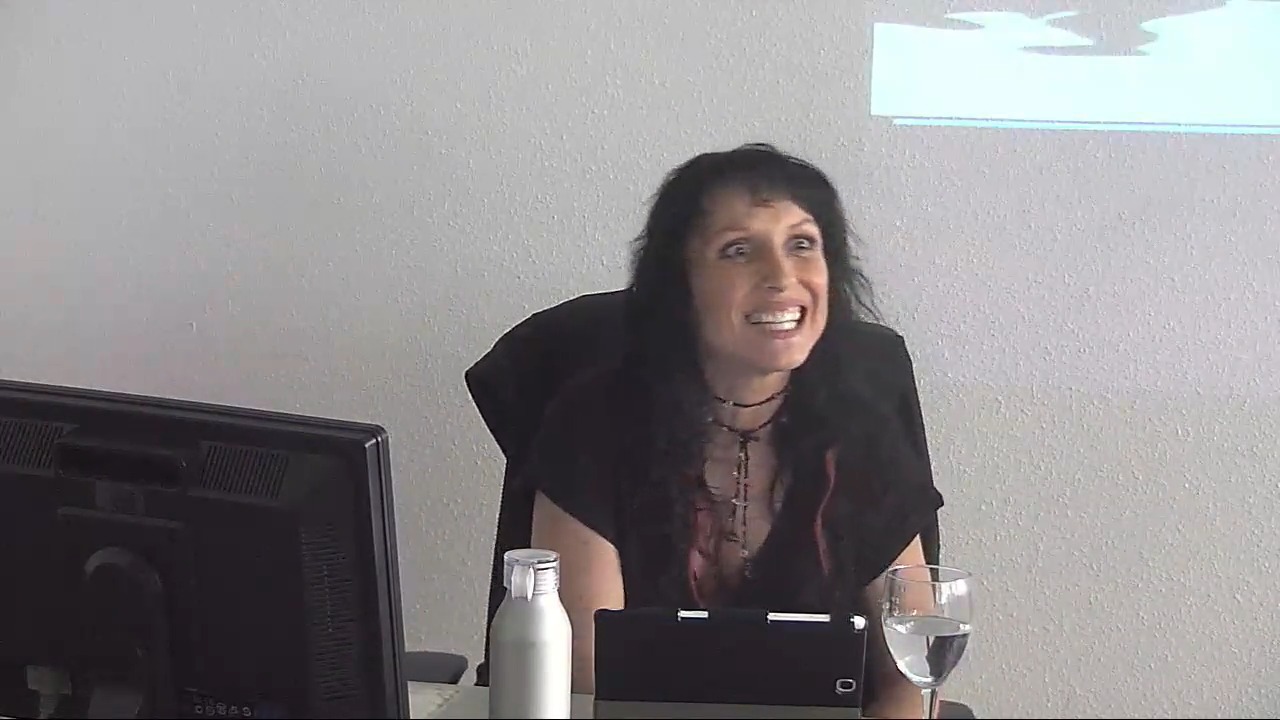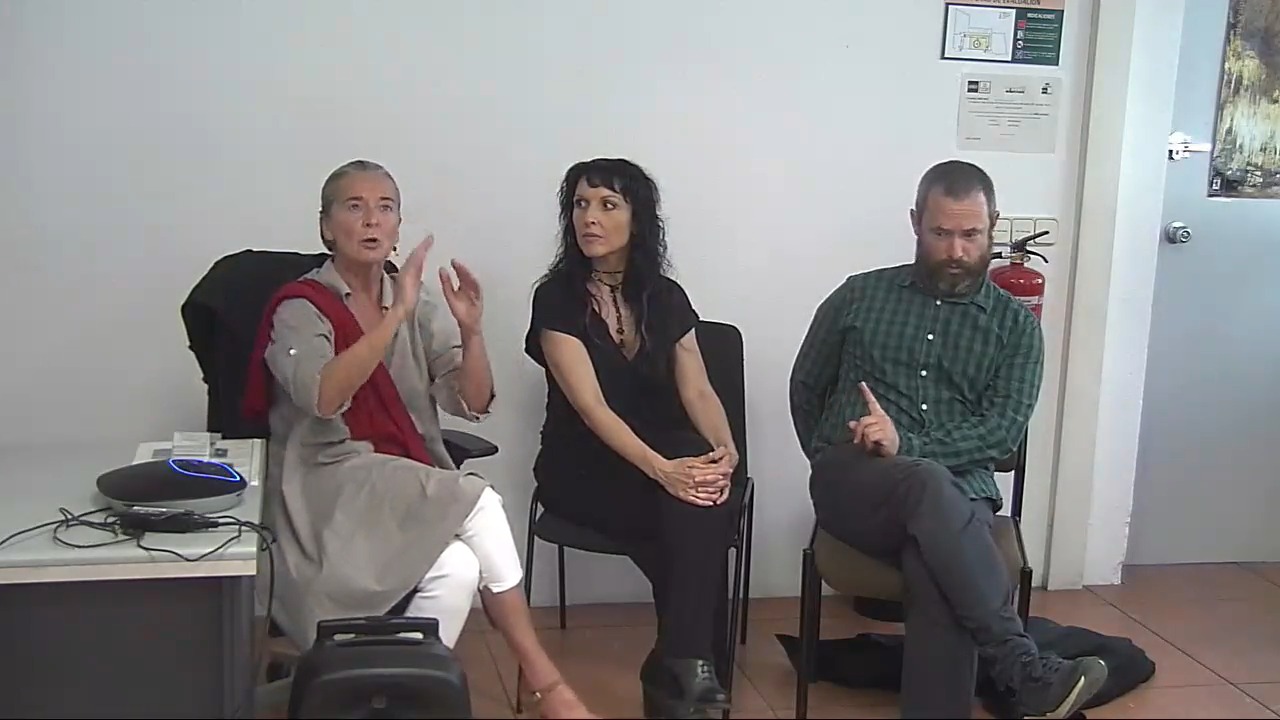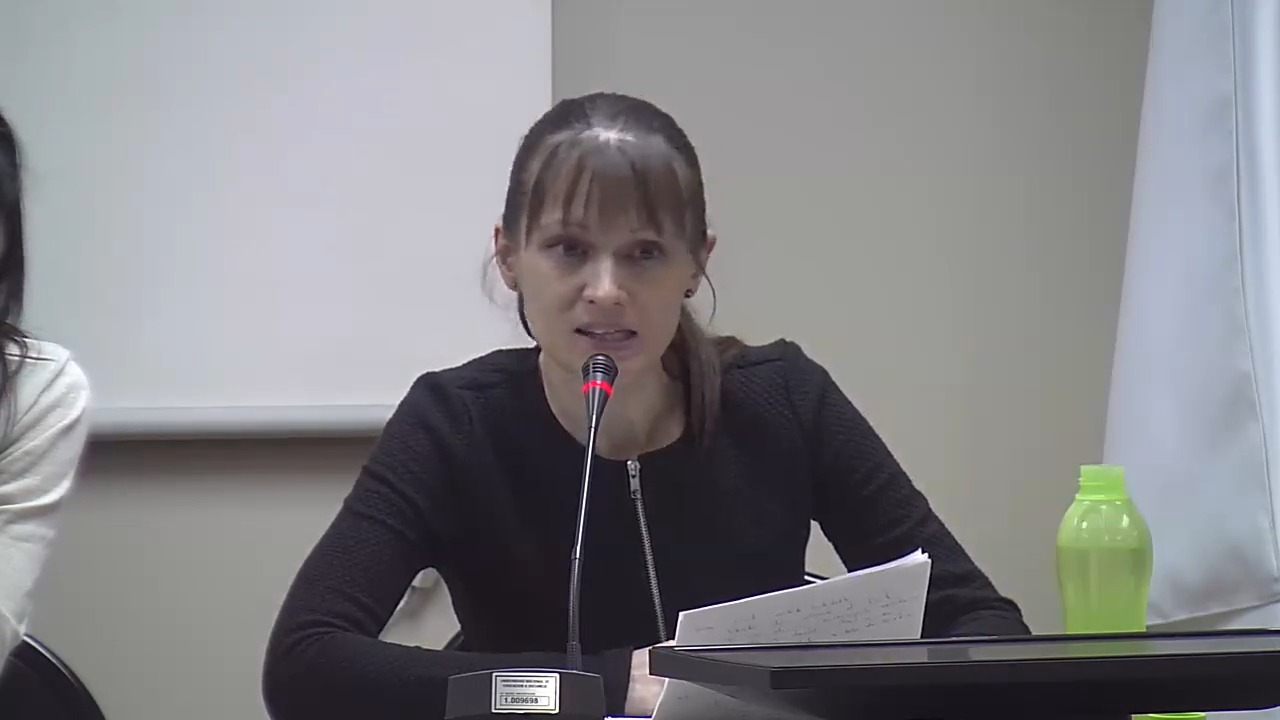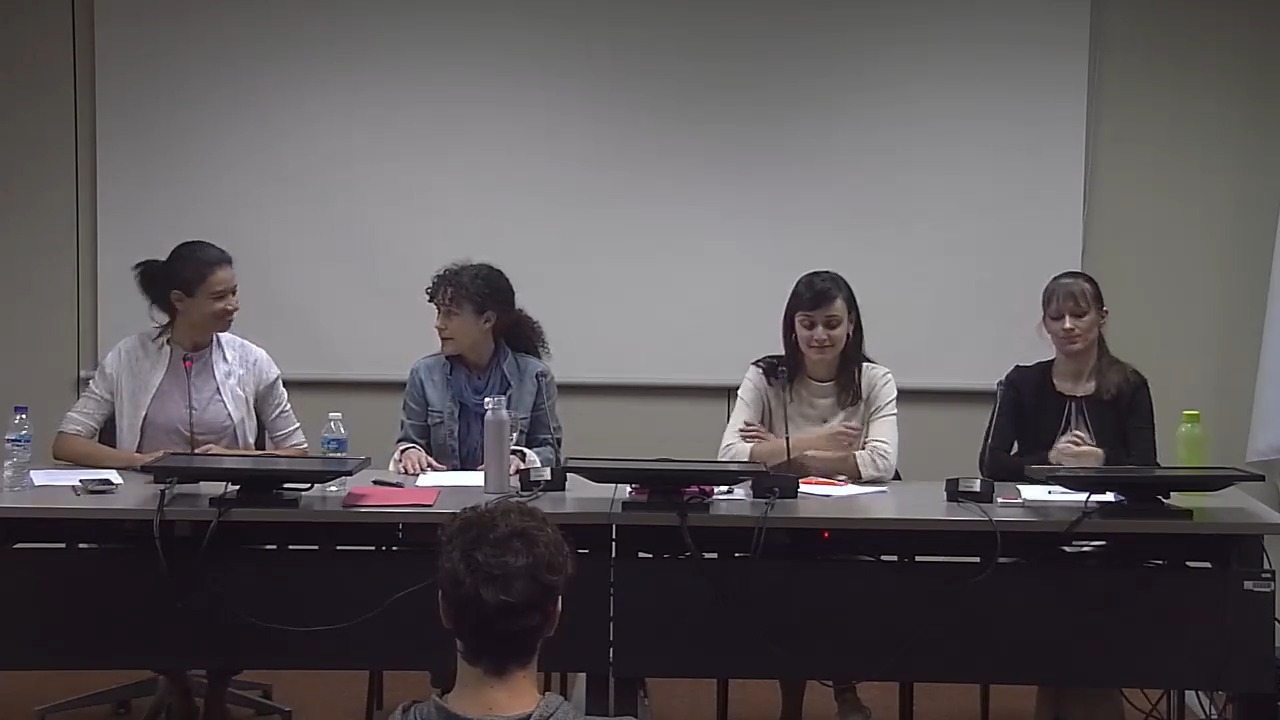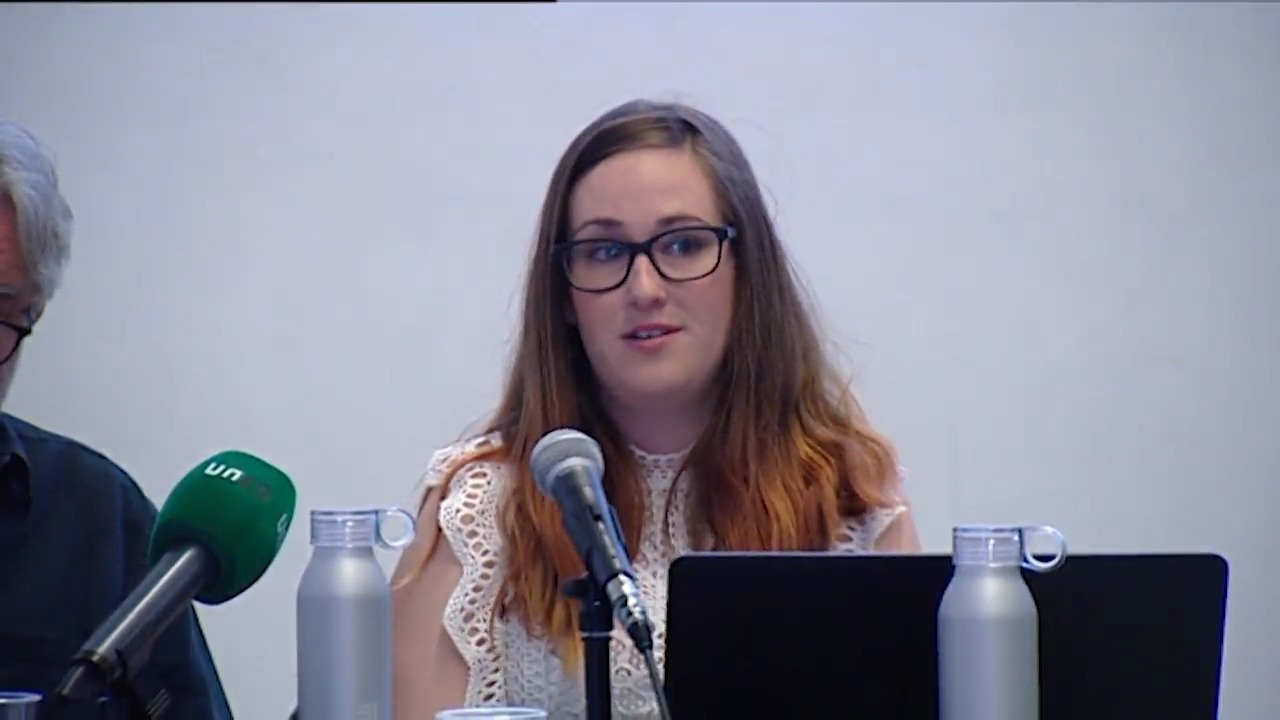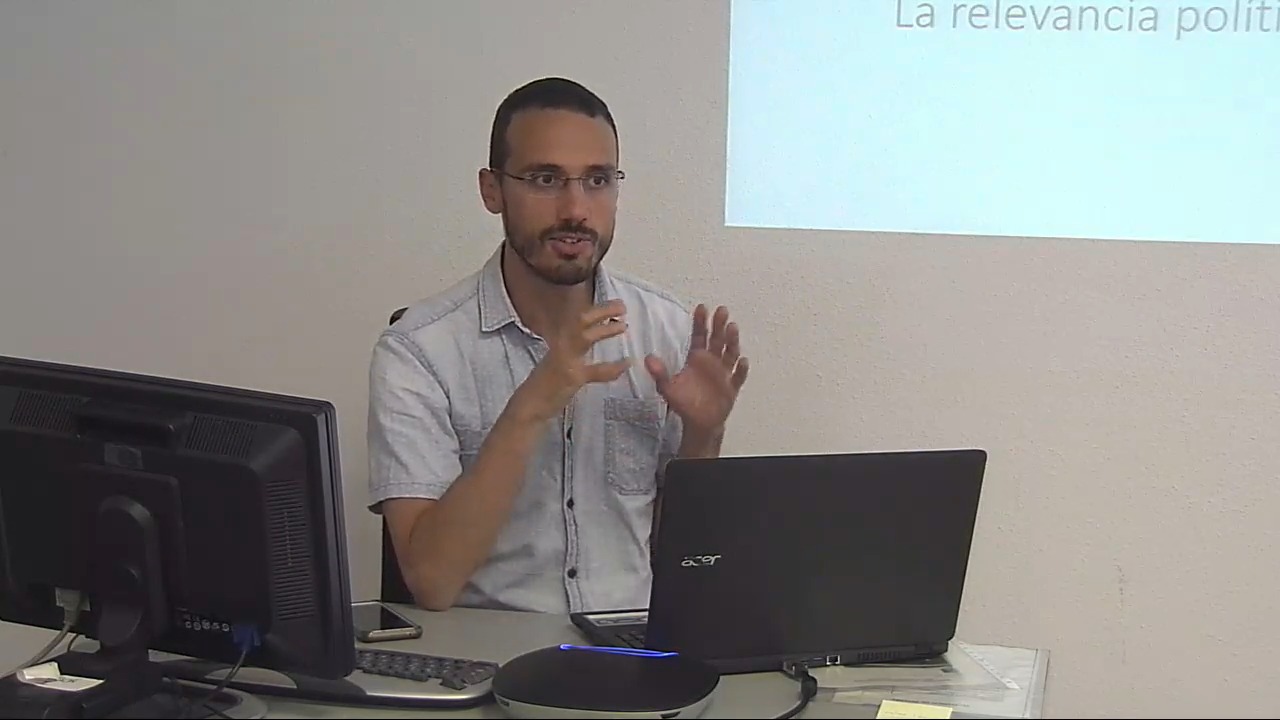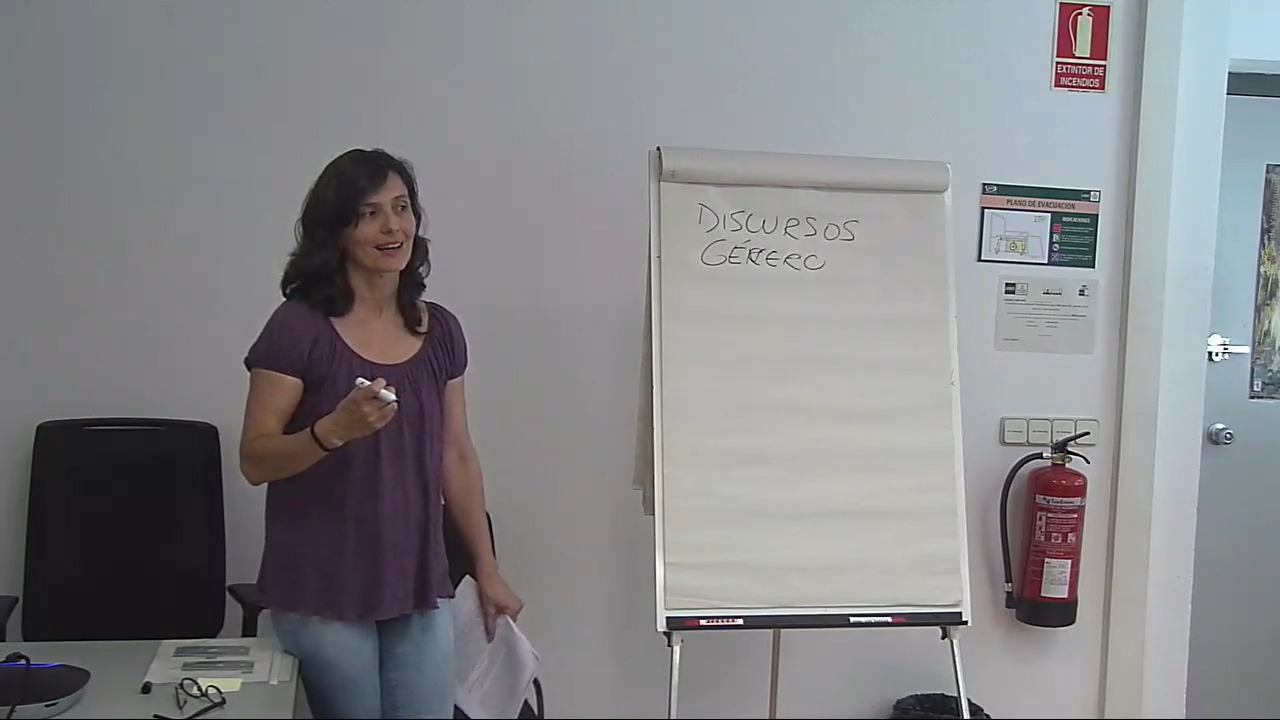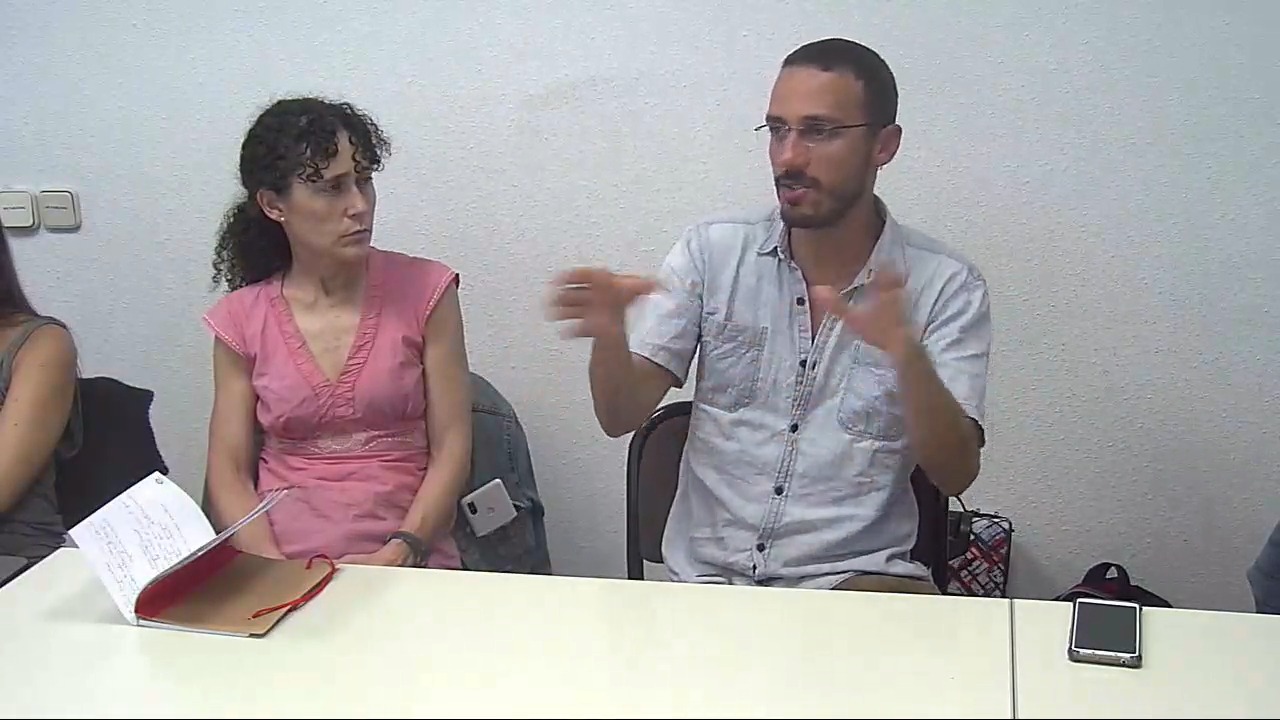Dancing queer tango to change the future? - the body schema and its virtuality
In Russia two women were expelled from a milonga, just because they were two women dancing together. Though the situation for queers in Russia is dificult, heteronormativity acts on a deeper level – the body schema. Power structures work behind the scenes, gendered norms restrict the ways that allow individuals to act. Practices like Queer Tango have the potential for integration. It breaks with conventional gendered role stereotypes and allows to integrate different qualities within each dancer. The theoretical concept of the body schema (Bernhard Waldenfels) depicts how our bodily knowledge allows to project past experiences as possible future consequences, and therefore allows to anticipate possible harm and possible joy. I do think Queer Tango, focussing here on the aspect of switching roles and playing with the different qualities, is actually a practice that has positive impact on the body schema concerning difference. It is a practice that teaches to stay in contact playing respectfully with the other because both dancers know the qualities of leading and following, of proposing and interpreting. Queer Tango creates a dialogue acknowledging the other.
-
Arno Plass Austrian, based in Vienna, dancing since childhood, unconventional way of professional life, actually working in mental health and teaching at several Austrian universities - and hopelessly fallen into Queer Tango


